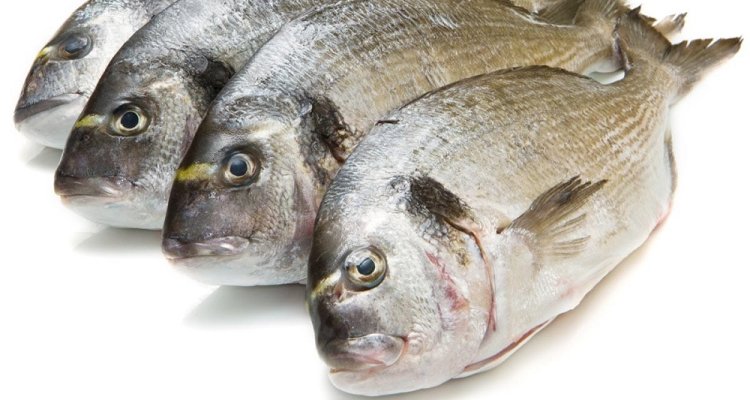
News
Exploring novel phenotyping techniques in fish genetic improvement programs
Images of fish before slaughter, including 3-dimensional images, will be used to develop prediction models for the traits that are measured after slaughter. Computer vision and machine learning are promising fields that are expected to aid in developing these models. The resulting models will then be used to design a procedure for high-throughput phenotyping. In the future, researchers of Wageningen University & Research (WUR) expect that image data will be used to automatically extract information on alive fish including morphometric measures and weight, as well as predictions of fillet yield.
Current status of data collection systems
Current data collection systems in fish breeding programs depend on manual labor, is costly and also prone to human error. Researchers and students of WUR collected data from 2000 fish in the Mediterranean that were grown in normal production conditions in sea cages with the aim to create novel solutions for high-throughput phenotyping from the commercial environment.
Researchers measured slaughter traits such as body weight, viscera weight and fillet weight on all fish. Most of these measurements can only be taken after slaughter and therefore such traits cannot be measured on selection candidates themselves. Currently these traits are often measured on the siblings of the candidate fish, which limits the accuracy of selection.
In addition to the weights researchers also took several images of the fish before slaughter, including 3-dimensional images. These images will be used to develop prediction models for the traits that are measured after slaughter.
Computer vision and machine learning
Computer vision and machine learning are promising fields that are expected to aid in developing these models. The resulting models will then be used to design a procedure for high-throughput phenotyping. In the future we expect that image data will be used to automatically extract information on alive fish including morphometric measures and weight, as well as predictions of fillet yield.
The application of machine learning algorithms to take measurements on alive fish is a novel phenotyping technique that is expected to improve the selection of animals by accelerating the data collection process and removing the need to slaughter the fish to measure invasive traits.
This Research was part of the EU projects MedAID and AquaImpact.